Role of veterinarian extension workers in livestock health and development
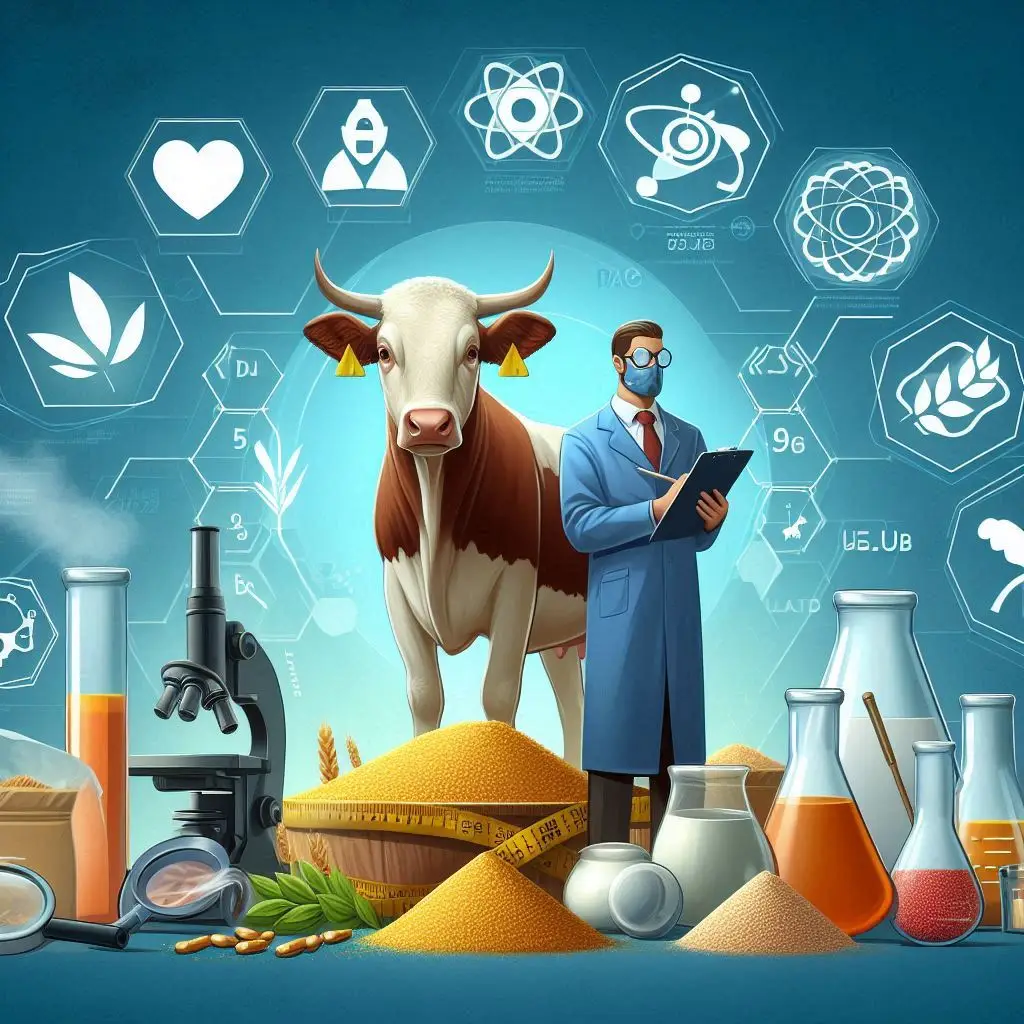
Introduction
Veterinarian extension workers play a vital role in livestock health and development. They serve as the bridge between scientific knowledge and practical application on farms. Their work directly impacts the productivity and sustainability of livestock farming. In this article, we will explore their roles, challenges, and the importance of their contributions to the agricultural sector.
Understanding the Role of Veterinarian Extension Workers
Veterinarian extension workers focus on improving livestock health. They provide education, support, and services to farmers. Their primary goal is to enhance animal welfare and productivity. Let’s break down their key responsibilities.
1. Knowledge Dissemination
Veterinarian extension workers are essential for sharing knowledge. They educate farmers about best practices in animal husbandry. This includes topics like:
- Nutrition: Ensuring animals receive a balanced diet.
- Disease Prevention: Teaching farmers how to prevent common diseases.
- Animal Welfare: Promoting humane treatment of livestock.
By providing this knowledge, they help farmers make informed decisions. This leads to healthier animals and better productivity.
2. Health Management Support
Another critical role of extension workers is health management. They assist farmers in diagnosing and treating animal diseases. This support includes:
- Vaccination Programs: Ensuring livestock are vaccinated against common diseases.
- Disease Surveillance: Monitoring herds for signs of illness.
- Treatment Advice: Offering guidance on medication and care.
By managing animal health effectively, extension workers help reduce mortality rates. Healthier livestock contribute to increased farm income.
3. Resource Facilitation
Veterinarian extension workers help farmers access necessary resources. They connect them with:
- Veterinary Services: Ensuring farmers can reach veterinary clinics.
- Medications: Helping farmers obtain vaccines and treatments.
- Diagnostic Tools: Providing access to essential diagnostic equipment.
By facilitating these resources, extension workers empower farmers. They enable them to take proactive steps in managing livestock health.
4. Training and Capacity Building
Training is a significant part of the extension worker’s role. They conduct workshops and training sessions for farmers. Topics often include:
- Animal Husbandry Techniques: Teaching proper care and management.
- Use of Technology: Introducing farmers to digital tools for farming.
- Record Keeping: Encouraging farmers to maintain health and production records.
These training sessions build the capacity of farmers. They equip them with skills to improve their farming practices.
5. Advocacy and Policy Engagement
Veterinarian extension workers also advocate for farmers’ interests. They help farmers understand market dynamics and policies. This advocacy includes:
- Market Access: Helping farmers find buyers for their livestock.
- Policy Awareness: Informing farmers about regulations affecting their businesses.
- Community Engagement: Encouraging farmers to participate in local agricultural initiatives.
By engaging in advocacy, extension workers strengthen the voice of farmers. They ensure that farmers’ needs are considered in policy-making.
6. Promoting Sustainable Practices
Sustainability is essential in modern agriculture. Extension workers promote practices that benefit both livestock and the environment. They encourage:
- Integrated Farming: Combining crop and livestock farming for better resource use.
- Organic Practices: Using natural methods to manage pests and diseases.
- Conservation Techniques: Implementing practices that protect natural resources.
By promoting sustainability, extension workers help farmers adapt to changing environmental conditions. This ensures long-term viability for livestock farming.
Challenges Faced by Veterinarian Extension Workers
Despite their critical role, veterinarian extension workers face several challenges. Understanding these challenges is essential for improving their effectiveness.
1. Resource Limitations
Many extension services struggle with limited resources. This includes:
- Funding: Insufficient budgets can hinder program implementation.
- Transportation: Lack of vehicles makes it difficult to reach remote areas.
- Diagnostic Tools: Inadequate access to modern diagnostic equipment limits services.
These limitations can reduce the impact of extension workers on farmers.
2. Coordination Issues
Coordination among various service providers is often lacking. This can lead to:
- Fragmented Services: Farmers may receive inconsistent information.
- Duplication of Efforts: Multiple organizations may offer similar services without collaboration.
Improving coordination can enhance the effectiveness of extension services.
3. Changing Agricultural Landscapes
The agricultural landscape is evolving. Factors like climate change and urbanization impact livestock farming. Extension workers must adapt to these changes by:
- Updating Knowledge: Staying informed about new farming practices and technologies.
- Responding to Market Changes: Understanding shifts in consumer demand.
Adapting to these changes is crucial for maintaining relevance.
4. Market Access and Economic Viability
Smallholder farmers often face challenges accessing markets. Extension workers can help by:
- Providing Market Information: Sharing insights on pricing and demand.
- Connecting Farmers with Buyers: Facilitating direct sales opportunities.
Improving market access is vital for the economic viability of livestock farming.
The Impact of Veterinarian Extension Workers
The contributions of veterinarian extension workers extend beyond individual farms. Their work positively impacts communities and economies.
1. Enhancing Food Security
By improving livestock health, extension workers contribute to food security. Healthier animals provide more meat, milk, and eggs. This increases the availability of protein-rich foods in local diets.
2. Boosting Rural Economies
Livestock farming is a significant source of income in rural areas. Extension workers help farmers increase productivity. This leads to higher incomes and improved living standards for families.
3. Promoting Community Development
Extension workers often engage with communities. They encourage collaboration among farmers. This fosters a sense of community and shared learning. Stronger communities can lead to more resilient agricultural systems.
4. Supporting Environmental Sustainability
By promoting sustainable practices, extension workers help protect the environment. Sustainable livestock farming reduces the impact on natural resources. This is essential for preserving ecosystems for future generations.
Conclusion
Veterinarian extension workers are essential to livestock health and development. Their roles in knowledge dissemination, health management, training, and advocacy significantly impact farmers and communities. Despite facing challenges, their contributions enhance food security, boost rural economies, and promote sustainability. Investing in veterinarian extension services is crucial for the future of livestock farming.
For more pearls of Vets Wisdom:
https://wiseias.com/partitioning-of-food-energy-within-animals/

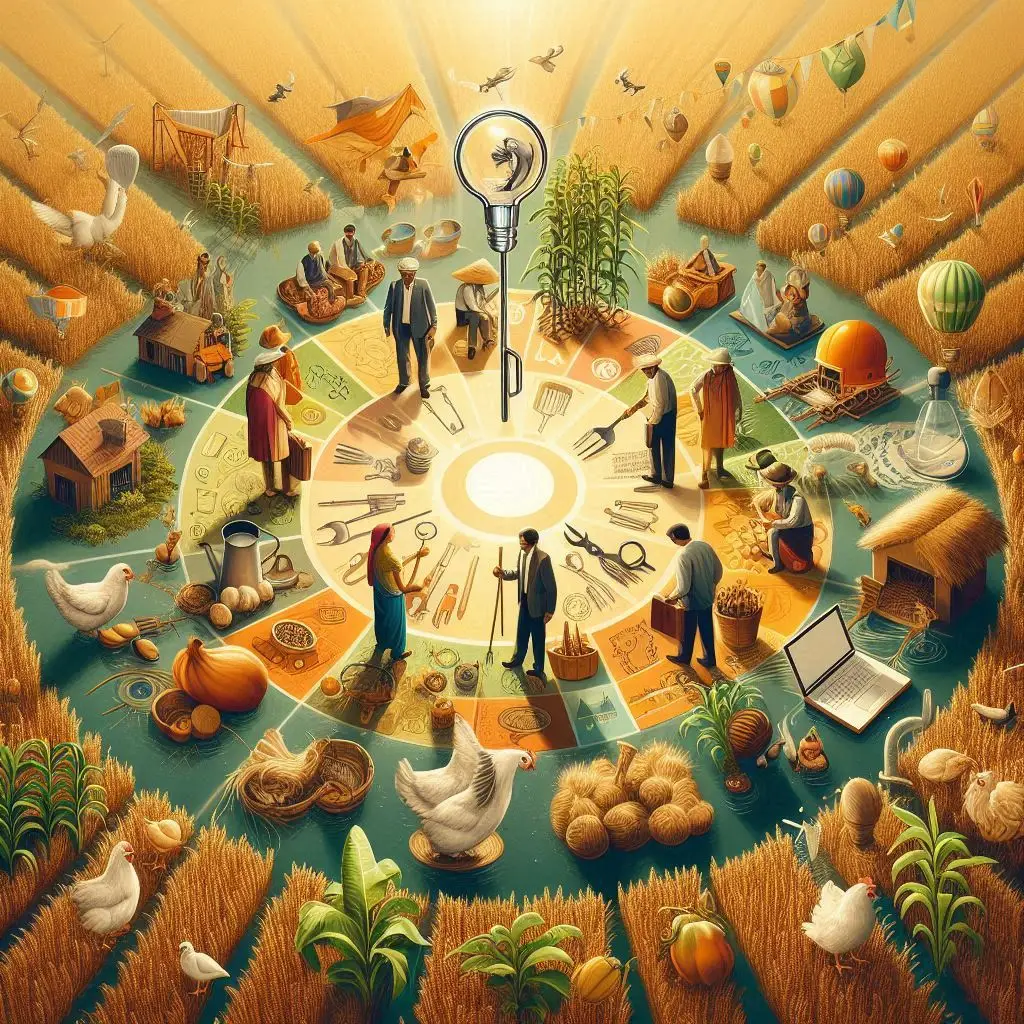
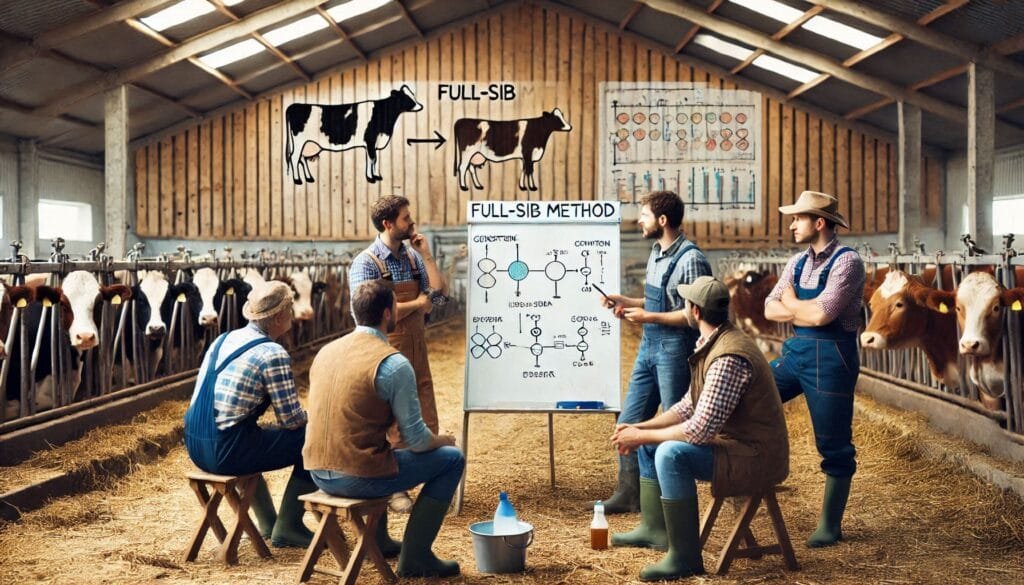
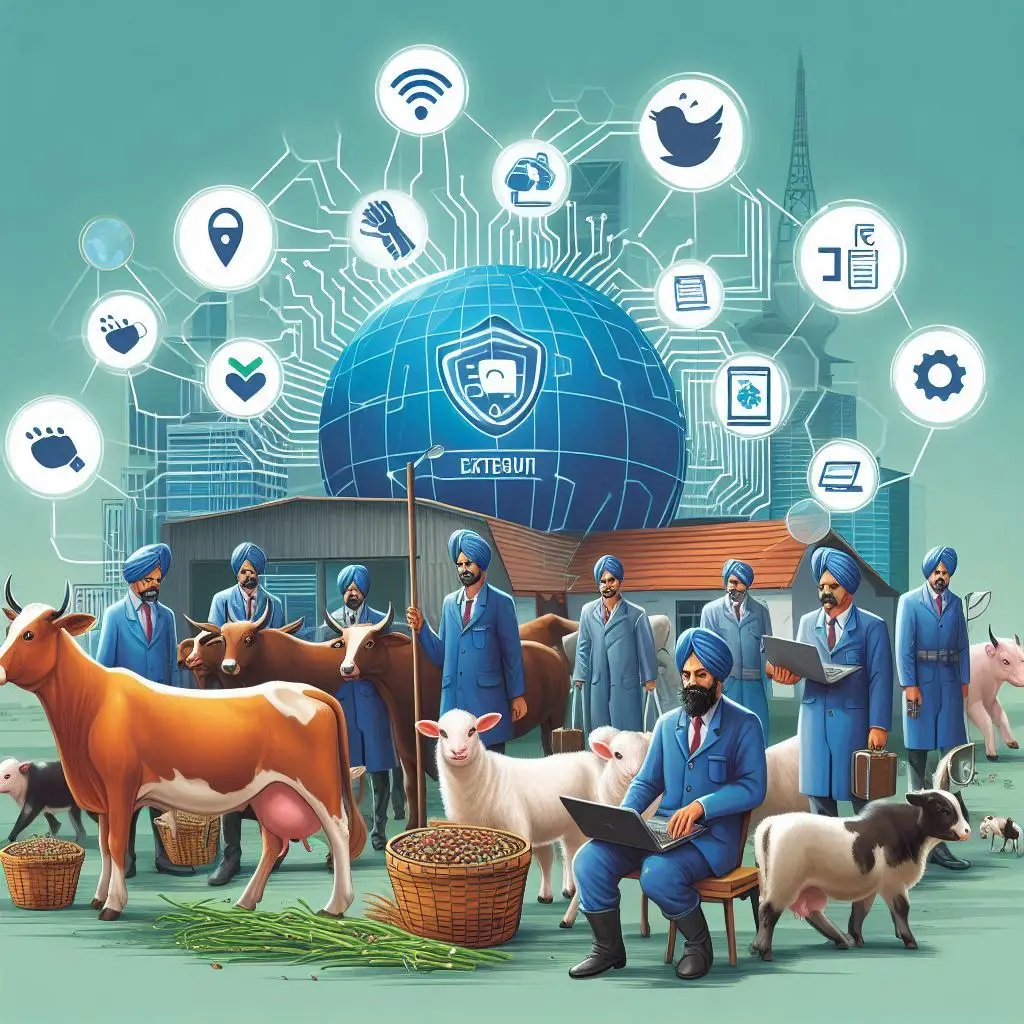
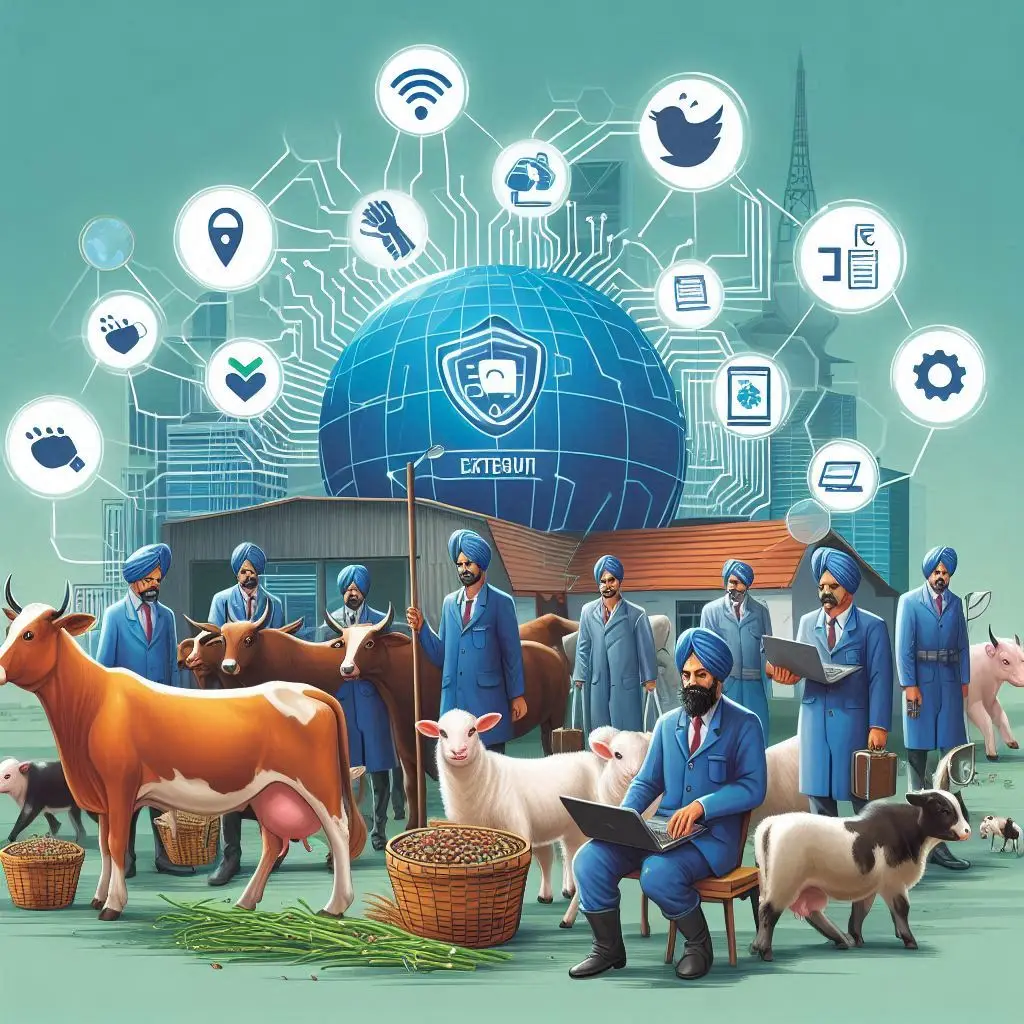
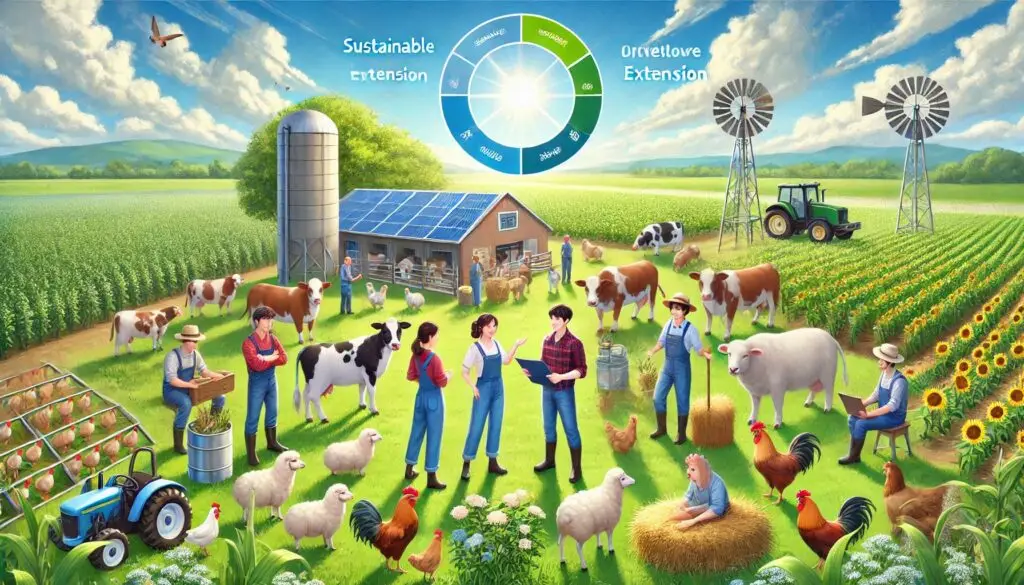
Responses